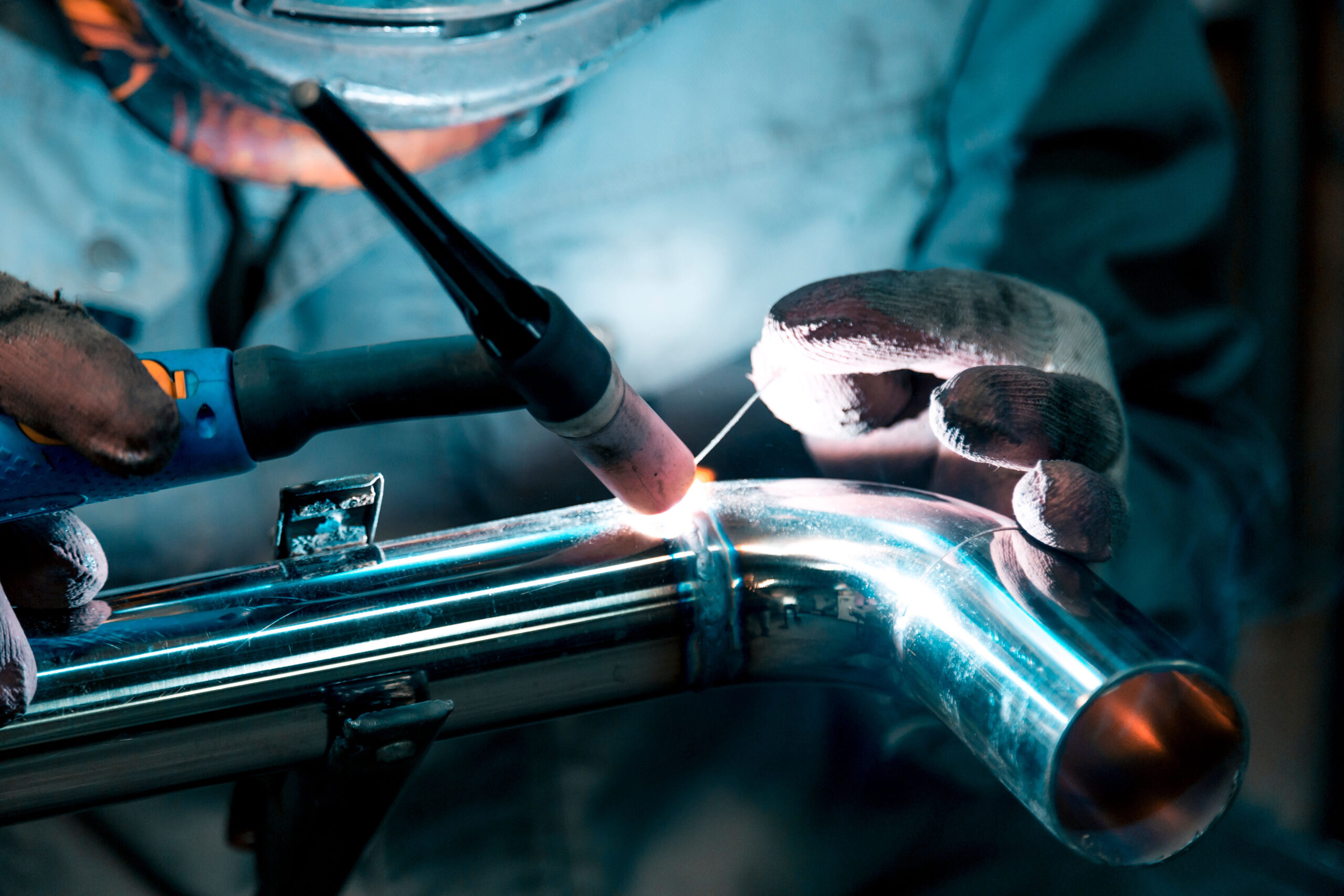Achieving Welding Quality: Unveiling the Keys of WPS Application and Optimization
In the realm of welding, attaining quality is a pursuit that hinges on the careful execution and optimization of Welding Procedure Specs (WPS) By delving right into the vital elements, techniques, difficulties, and finest techniques linked with WPS, a world of welding excellence awaits those who are ready to discover its midsts.
Relevance of WPS in Welding
The Importance of Welding Procedure Specifications (WPS) in the welding industry can not be overstated, functioning as the backbone for making sure uniformity, top quality, and safety and security in welding procedures. A WPS gives thorough instructions on how welding is to be carried out, including important variables such as materials, welding processes, joint style, filler steels, interpass and preheat temperature levels, welding currents, voltages, traveling rates, and much more. By adhering to a distinct WPS, welders can keep harmony in their job, causing constant weld high quality across different projects.

Crucial Element of WPS
Going over the integral elements of a welding treatment specification (WPS) is crucial for understanding its function in welding procedures. An extensive WPS consists of several crucial elements that assist welders in achieving quality and uniformity in their work. One important facet of a WPS is the welding process spec, which lays out the specific welding processes to be utilized, such as gas tungsten arc welding (GTAW) or secured metal arc welding (SMAW) In addition, the WPS includes details on the welding materials, such as the kind and requirements of the base metal and filler metal to be utilized. The WPS likewise defines essential variables like welding parameters, interpass and preheat temperature level requirements, and post-weld warm treatment procedures. Moreover, it consists of details on joint design, fit-up, and any unique techniques or precautions required for the welding operation. By integrating these vital components right into the WPS, welding procedures can be standardized, ensuring high quality, efficiency, and security in welding operations.
Strategies for WPS Optimization

Secondly, training and qualification of welding personnel according to the specific demands of the WPS is vital. Supplying extensive training programs and making certain that welders are certified to perform treatments laid out in the WPS can lead to higher high quality welds and minimized rework.
In addition, leveraging technology such as welding software and monitoring systems can help in enhancing WPS. These devices can aid in monitoring variables, making certain criteria are within defined limits, and offering real-time comments to welders, enabling them to make instant adjustments for enhanced weld high quality.
Common Challenges and Solutions
Facing obstacles in applying the approaches for WPS optimization can hinder welding procedures' performance and high quality. One common challenge is poor training or understanding of the welding procedure specifications (WPS) amongst the welding group.
One more difficulty is the lack of correct paperwork and record-keeping, which is important for WPS optimization. Without clear records of welding criteria, materials used, and examination results, it becomes difficult to recognize locations for improvement and ensure uniformity in welding processes. Applying a robust documents system, such as digital welding management advice software program, can help simplify record-keeping and assist in information analysis for constant improvement.
Furthermore, inconsistent welding devices calibration and maintenance can present a significant obstacle to WPS optimization. Regular devices checks, calibration, and maintenance routines should be adhered to purely to guarantee that welding criteria are accurately regulated and maintained within the defined resistances (welding WPS). By dealing with these usual challenges with positive remedies, welding operations can improve performance, high quality, and overall welding excellence
Best Practices for WPS Execution
To ensure successful WPS implementation in welding procedures, adherence to market criteria and precise interest to detail are critical. When starting WPS implementation, it is vital to start by thoroughly comprehending the details welding needs of the task. This entails a comprehensive review of browse around this web-site the welding procedure specs, products to be bonded, and the environmental conditions in which the welding will occur.
As soon as the needs are clear, the following action is to select the suitable welding procedure that lines up with these requirements. This entails consulting the relevant codes and standards, such as those offered by the American Welding Society (AWS) or the International Organization for Standardization (ISO), to make sure conformity and top quality.
In addition, recording the whole WPS execution procedure is crucial for traceability and quality assurance. Detailed records ought to be kept concerning welding parameters, material preparation, preheat and interpass temperature levels, welding consumables made use of, and any kind of inconsistencies from the initial treatment. Normal audits and evaluations of the WPS can assist determine areas for improvement and ensure recurring optimization of the welding process.


Verdict
Finally, the implementation and optimization of Welding Treatment Specifications (WPS) is vital for attaining welding excellence. By recognizing the crucial elements of WPS, applying effective techniques for optimization, resolving typical obstacles, and following ideal practices, welders can make sure high-quality welds and risk-free working problems. It is crucial for professionals in the welding market to focus on the proper application of WPS to boost overall welding performance and accomplish wanted end results.
The Significance of Welding Treatment Requirements (WPS) you can try here in the welding industry can not be overstated, offering as the foundation for guaranteeing consistency, top quality, and safety in welding operations. A WPS supplies thorough instructions on exactly how welding is to be brought out, consisting of essential variables such as materials, welding processes, joint style, filler steels, interpass and preheat temperatures, welding currents, voltages, travel speeds, and a lot more. One important facet of a WPS is the welding procedure specification, which lays out the specific welding processes to be utilized, such as gas tungsten arc welding (GTAW) or secured steel arc welding (SMAW) By incorporating these key elements into the WPS, welding procedures can be standardized, making sure top quality, performance, and safety and security in welding procedures.
It is important for experts in the welding market to prioritize the appropriate application of WPS to improve general welding performance and accomplish preferred results.